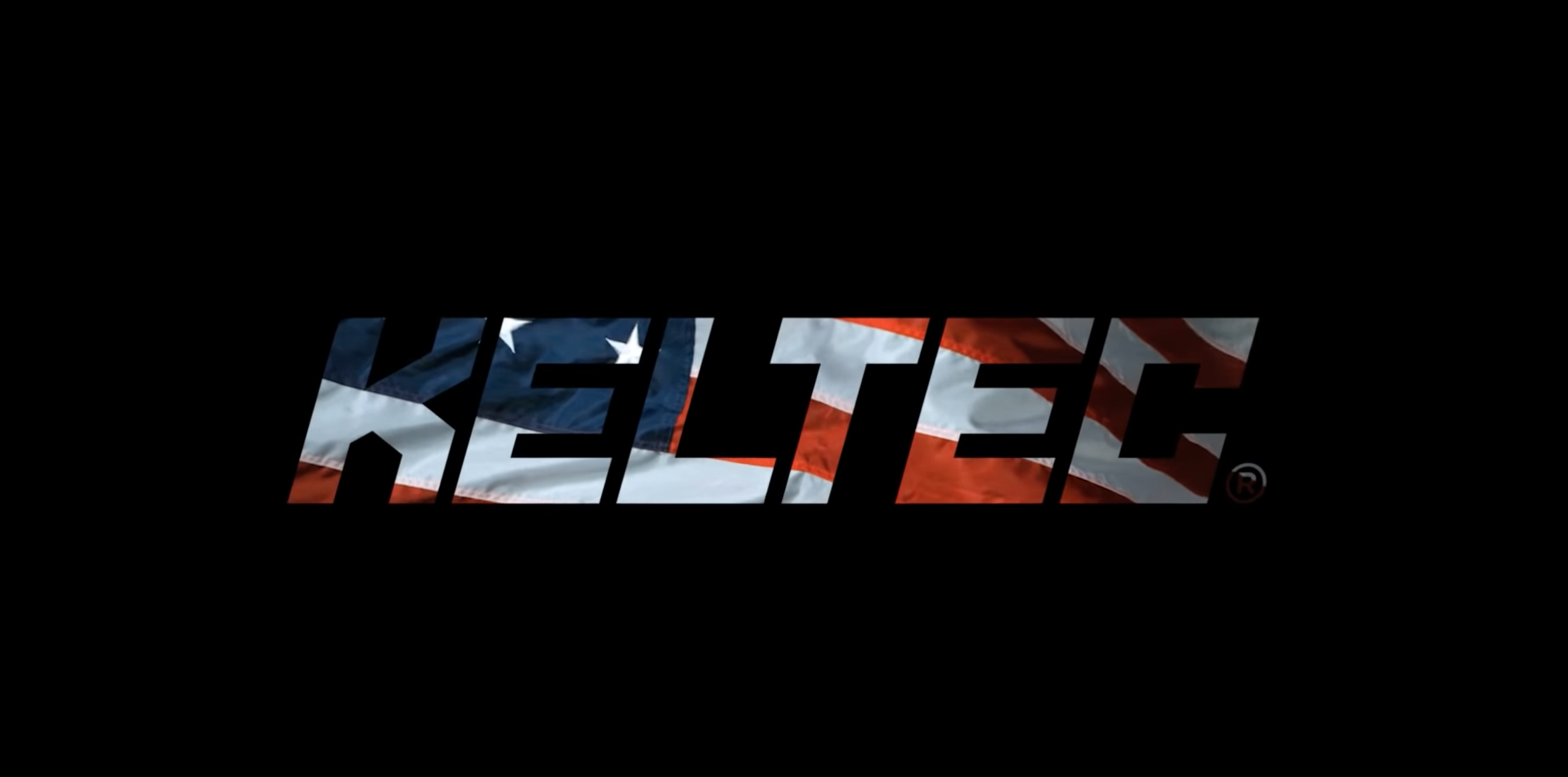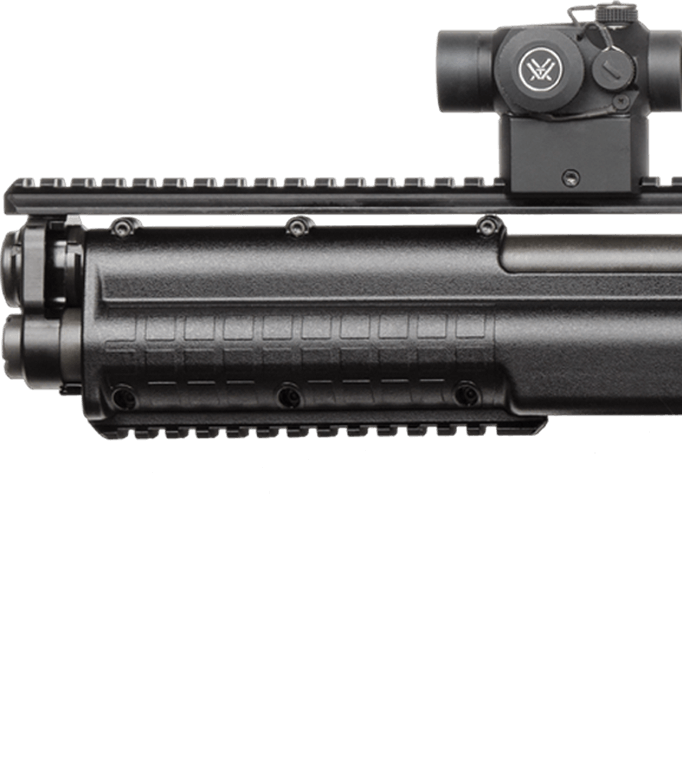Narrator: Born May 23rd 1943 in Borås, Sweden, George Lars Kellgren entered the world when the world was at war. At the intersection of two major Railways in South Central Sweden, Borås, like Sweden itself was working hard to maintain its flexible neutrality. A socialist country caught between the aggressive totalitarian advances of Nazi Germany and the Soviet Union.
George Kellgren: “My father was in the military. We moved from one city to the other in Sweden. So it was quite challenging. You’d stay a few years, and you'd had to move.. to change schools. But that's the same for all military families I would say. I made through it ok.”
Narrator: Following in his Father's footsteps went off to the naval officer training program for a few years but began to see a career in the Navy as lost cause, something in the math just wasn’t adding up.
George Kellgren: “They can not get rid of the ships. Now they have like two submarines left and 10 admirals”.
Narrator: Kellgren went to Northern Sweden for formal engineering studies and landed a job in a research Department in an arms Factory in 1968. When they stopped manufacturing firearms he went to South Africa for a couple of years before landing a job in Interdynamic in Stockholm.
In the 1970s the Swedish military began looking for a replacement for the Carl Gustav M45. It was the Kulsprutepistol rifle, known to most as the K-Gun. One of the firearms the Swedish government looked at as a replacement, was the MP9. A weapon designed by George Kellgren, an engineer with Interdynamic AB in Stockholm. But failing to gain traction, the company in 1979 asked Kellgren to go to the United States.
George Kellgren: “In the early days when I came to America, we tried to entice American manufacturers to license, manufacture this firearm. We ended up down in Miami with the national gun and Carlos Garcia. We started to work with them and founded the company, Interdynamic of America. That continued up to ‘83, then I left the company. Sold off my shares and moved up here and started Grendel.”
Narrator: He was introduced to a woman who would become his wife through a work associate. She was a Cuban who immigrated to America. He was quiet and unassuming. She was fiery and passionate.
George Kellgren: “Is two different cultures that are coming together. Latin more emotional type of culture. Then you go to Swedish culture that is totally the opposite. Think twice before you do anything. You don't react violently to most things. That's a combination that’s worked out pretty well.”
Narrator: Kellgren and his wife started a family and both share the same strong vision of America and all that it afforded.
Adrian Kellgren: “I always saw my dad as a figure of being steady. Always contemplative. Always thinking. My mother was always passionate, you know spoke from the heart, very eloquent in terms of the things that she was passionate about. Able to really get to think about things and that's kind of the thing I grew up with, that passion versus the logic, that kind of pause to consider things quietly.
Adrian Kellgren: “Weapon design. That's what my father fortei’d in. He was obsessed with new and inventive ways of getting projectiles down range.“
Derek Kellgren: “You don’t really know the difference when you're growing up around firearms. You see them all the time and you think that everybody else really is around firearms all the time. Safety was a big aspect of what we learned. I remember I was five, I believe, the first time that I shot a handgun and a shotgun. And we would go out to the berm that we had on our property and he would show us how to do it, and the safety of it. He was very adamant about using firearms and using them safely. And in teaching you that they are tools that can be used for good if you know how to use them responsibly and safely."
Adrian Kellgren: "He would have his draft board, he used to do just hand drawn designs and schematics. It was very interesting to be around that. He was always open to having his work observed by us."
Derek Kellgren: "In ‘91 he started a company called KelTec and that company was strictly a machine shop to make parts for Grendel. He had the brilliant idea to separate, what we would call a high liabilities company; firearms manufacturer versus machine shop."
Narrator: On September 13th 1994 Congress passed what many still call the assault weapons ban. The ban was a very close 52-48 vote signed into law by then-president Bill Clinton.
George Kellgren: “That was the most damaging blow to our industry. It closed down the whole operation overnight. All the products we were making were covered by the assault weapons bill, so they were all gone. ATF was there the next morning doing inventory.”
Adrian Kellgren: "I don't remember that day in my life. I don't remember him coming home stressed or exhausted. I don’t remember my mother crying about it. That's just another day and he had a game plan of being flexible.”
George Kellgren: “You have to be prepared to start with something new again.”
Derek Kellgren: “He said, all right. Shut the doors on Grendel we’ll make KelTec the new firearms manufacturing company.”
George Kellgren: "So we had already started to develop the P11 handgun. It was a 10 shot concealable 9mm. It was not long until we actually could put that in production. That was our first gun."
George Kellgren: "Then came the P32. That is actually quite remarkable because it's a pocket handgun that has a lock breach. Before that, all pocket guns were only blow-backs. Traditional blow-back guns tend to be very heavy and expensive to manufacture so, I would say the P32 is the gun that has had the biggest impact on the industry. Everybody copied it.”
George Kellgren: “Unfortunately, those days we couldn't afford the patent. After the P32 came the Sub-9 and then the SUB-2000. And after that you get the PMR-30, KSG.”
Chad Enos: “Just imagine you're George Kellgren and you've got your CAD and you’re punching in numbers when you are designing a firearm. You really don't know what the public is going to think of it. So when the KSG came out everyone wanted one. I mean everybody and their brother wanted one of those things. Essentially a 2-foot shotgun that holds potentially 15 shells. That's never been done. Nobody had seen that before.”
George Kellgren: “The KSG, that was quite surprising the way it took off. Actually, that's the way it's been with most of the designs. Because you don't know if that's going to sell or not… but up till now, we’ve had luck.. And as you go on, obviously you get a reputation and you need less luck.”
Chad Enos: "George being a vet himself, he was in the Swedish Navy, when he came to the States and opened his business, one of his priorities is to hire veterans."
George Kellgren: “It's a very important experience to make you mature, respect others, learn to cooperate with people and be able to take orders. That's why we give preference to veterans.”
Adrian Kellgren: “All the officers that were mentors for me, they always talked about the military as being a kind of leadership workshop. You see good leaders and see bad leaders, you see the effect that both bring and the outcomes of these things. It doesn't deviate from what I've learned as a kid growing up from him. The first instance, if you take care of your people, they take care of you, came from him and his philosophy on business.”
Ryan Williams: “There's pride in the fact that we have our flag flying… even on a logo. But it's more so knowing that it's actually foundation-up. Everything here is pretty much 100% US steel, US aluminum, and polymer.”
Derek Kellgren: “Manufacturing is certainly alive and well in the United States. We go out of our way to source US steel, US components. One of the goals we’ve had is to have affordable firearms and to do that with completely US-sourced stuff. You may think that has got to be impossible… but it’s not impossible as long as you're okay with cutting your margins down a little bit. We want our product to be available to most people."
Adrian Kellgren: "We wouldn't be in business if it wasn't for making things affordable for a wide audience. The designs, the methods of manufacturing is kind of where he gets an advantage. Using new Innovative techniques that can result in the same performance reliability but we can make it for less. He wants it to always be that way and doesn't want to capitalize and burden people with costs, especially when a new product comes online."
Derek Kellgren: "I think the first time I really realized that people know him for inventing guns was when I was in college and a friend of mine told me he had a P3AT.. and that's when I first said like, wow, somebody else knows about KelTec and has one of our products. And he knew who my father was. He knew about Grendel. That's when I started to realize, okay, people actually know who he is and what he's been doing. That is pretty cool."
Adrian Kellgren: " When a KelTec product or something he's designed in the past would appear in a movie I thought, wow that's interesting. You kind of see branching influences of his work and designs in pop-culture and also on the gun world… and to see the kind of the impact nationally he has had."
George Kellgren is an American success story. He immigrated to the United States, became a citizen, became a patriot and has never taken this nation or the blessings and freedom it has afforded him, for granted.
George Kellgren: “In the history of mankind there are only a 115 successful gun designers. Most of them you know, or a lot of them you know like: Browning, Stoner, Mauser, Kalashnikov.”
Narrator: Will I find you in there?
George Kellgren: “Ya, you’ll find me there."
George Kellgren: "There are even fewer that actually build up manufacturing. Most of the gun designers are working for somebody.”
Derek Kellgren: “The stuff that we make, you can't really go to the store and get another “brands” version of it, You can only get KelTec’s version of it. In our opinion that has kept us as successful as we are. We’ve never held inventory on any gun, everything's been backordered, and I think that is attributed directly to having unique firearms."
George Kellgren: “Even if it was profitable to make ARs or 1911s… that's not that interesting to me because I'm trying to come up with something new and I would not design a gun that I didn't use myself. "
Derek Kellgren: "I truly believe he designed stuff just because he likes it and thinks it would be cool and doesn't really worry too much about what the market wants. He designs stuff for himself or things where he thinks there would be really a big Improvement and he'll do it. If it sells, it sells. If not, he'll work on the next thing. He just loves designing firearms."
George Kellgren: "It's my entertainment. It's my enjoyment to do this. I don't have to do it for money or anything like that. And no, I don't think I’ll quit, I have quite a few things in the pipeline.





